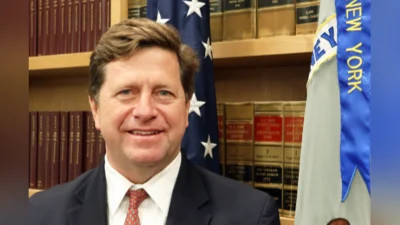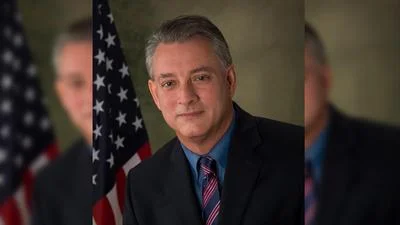On June 13, 2024, the U.S. Environmental Protection Agency (EPA) announced a grant of $315,000 to support water quality monitoring and public notification programs at New York's coastal and Great Lakes beaches. This funding aims to protect the health of beachgoers by ensuring clean and safe waters.
“This funding helps keep beaches and coastal waters clean so that people can have fun, relax and enjoy all the beauty that New York coastlines have to offer,” said Lisa F. Garcia, Regional Administrator. “EPA funding is vital for successful beach monitoring and notification programs.”
Senate Majority Leader Chuck Schumer emphasized the importance of this initiative: “Protecting the health of beachgoers from bacteria in our waters is of the utmost importance for New Yorkers to enjoy this summer swimming season.” He added that the federal EPA funding would help ensure safe water at both downstate and Great Lakes beaches.
Senator Kirsten Gillibrand also expressed her support: “As thousands of beachgoers enjoy New York’s coastal and Great Lakes beaches this summer, they deserve to enjoy the waters without a threat to their health. This federal funding will help local authorities monitor beach water quality and ensure that swimmers know when the waters are safe.”
Representative Tom Suozzi highlighted his long-standing commitment to safeguarding Long Island Sound: "This grant funding from the EPA will significantly contribute to guaranteeing that the water quality at our local beaches remains safe for everyone."
Representative Grace Meng acknowledged the significance of water quality monitoring programs: “Water quality monitoring and public notification programs are crucial to protecting public health.” She also thanked the EPA for awarding this funding as New Yorkers head to beaches for summer.
Representative Joe Morelle underscored the role of these grants in supporting Great Lakes communities: “Ensuring the resiliency of Great Lakes communities is a key part of protecting our environment.” He expressed gratitude towards the EPA and Biden Administration for their ongoing investment in New York’s shoreline communities.
New York State Health Commissioner Dr. James McDonald encouraged residents to enjoy state beaches while emphasizing safety: “These BEACH Act grants through the Environmental Protection Agency will allow communities to keep their beaches safe for all New Yorkers.”
Sean Mahar, Interim Commissioner of New York State Department of Environmental Conservation, praised collaborative efforts with various agencies: “Through productive collaborations with U.S. EPA and other state, federal, and local partners, the water quality along New York’s coastal regions continues to significantly improve.”
Under the Beaches Environmental Assessment and Coastal Health (BEACH) Act, EPA awards grants to eligible states, tribes, and territories for monitoring water quality at coastal and Great Lakes beaches. Agencies notify the public about unsafe swimming conditions due to high bacteria levels by posting advisories or closing beaches.
Since 2001, nearly $230 million has been awarded in BEACH Act grants by EPA for testing beach waters, identifying pollution sources, and informing the public. The allocation criteria include beach season length, shoreline miles, and coastal county populations.
To qualify for BEACH Act grants, applicants must have recreational waters adjacent to public access points like beaches or similar areas. They must also maintain an EPA-approved water quality standards program with numeric recreational standards for coastal waters. Additionally, applicants must meet performance criteria related to monitoring, assessment, and notification components.
For more information on BEACH Act grants or specific beach advisory details, visit relevant state or tribal websites.





